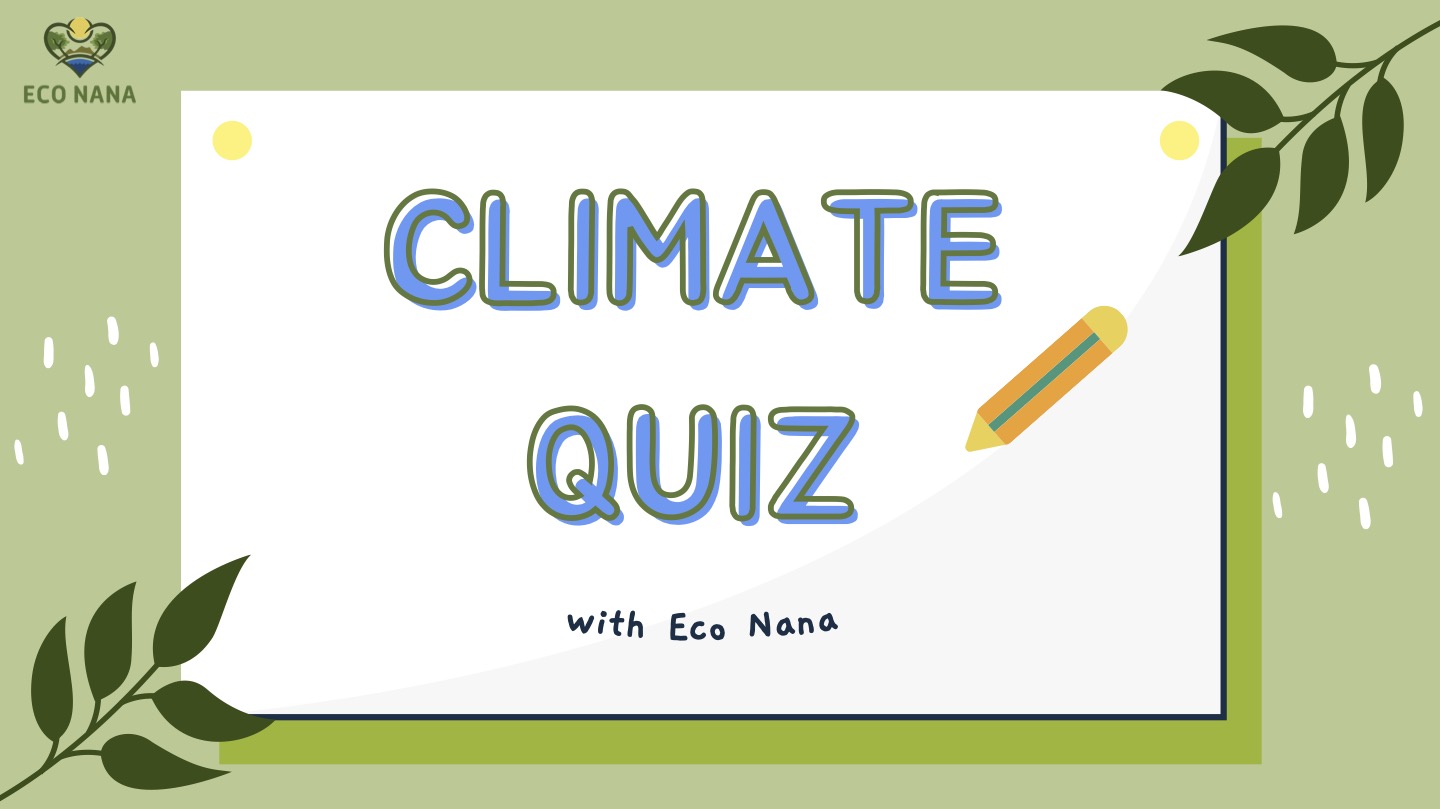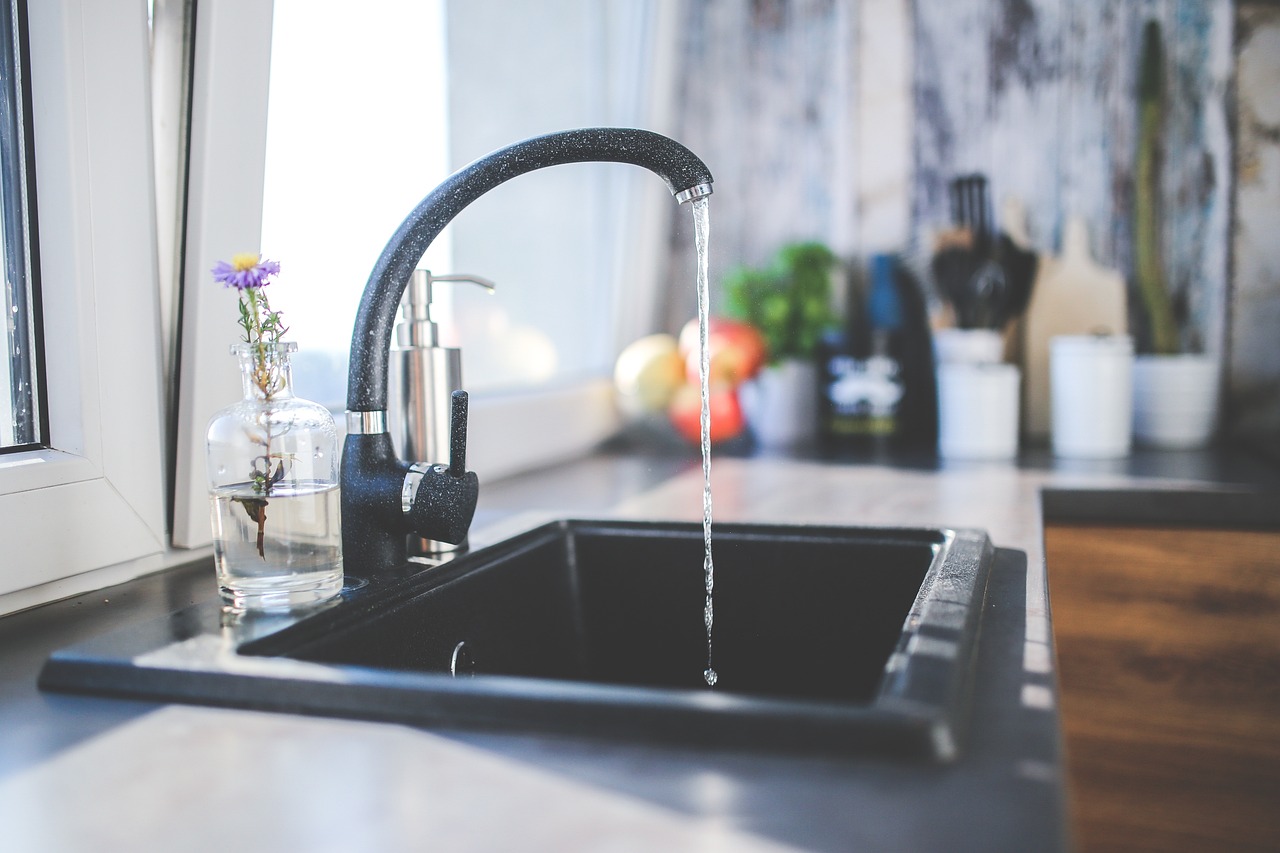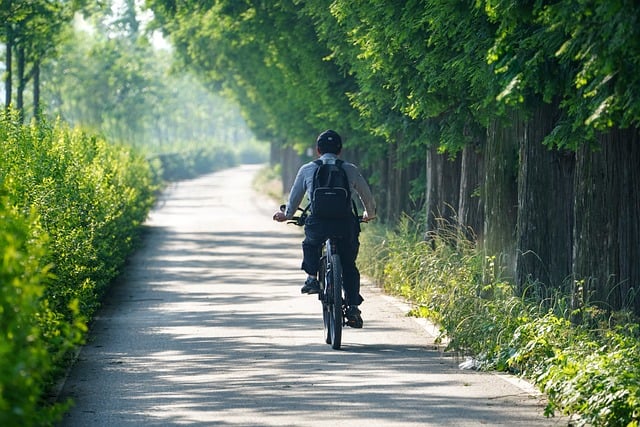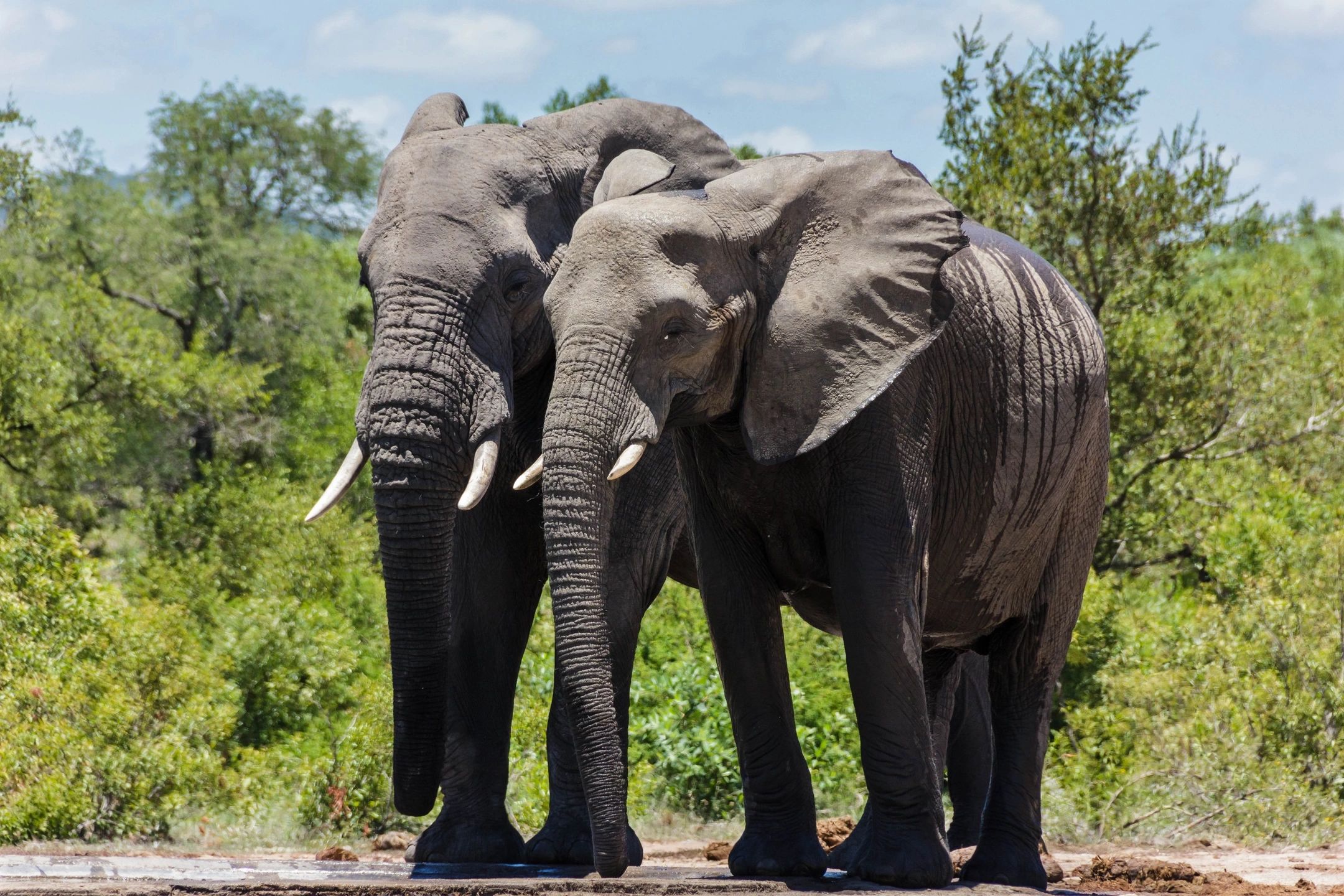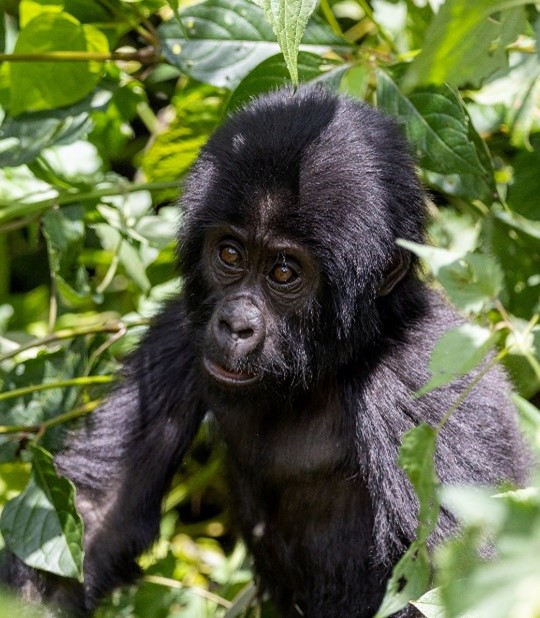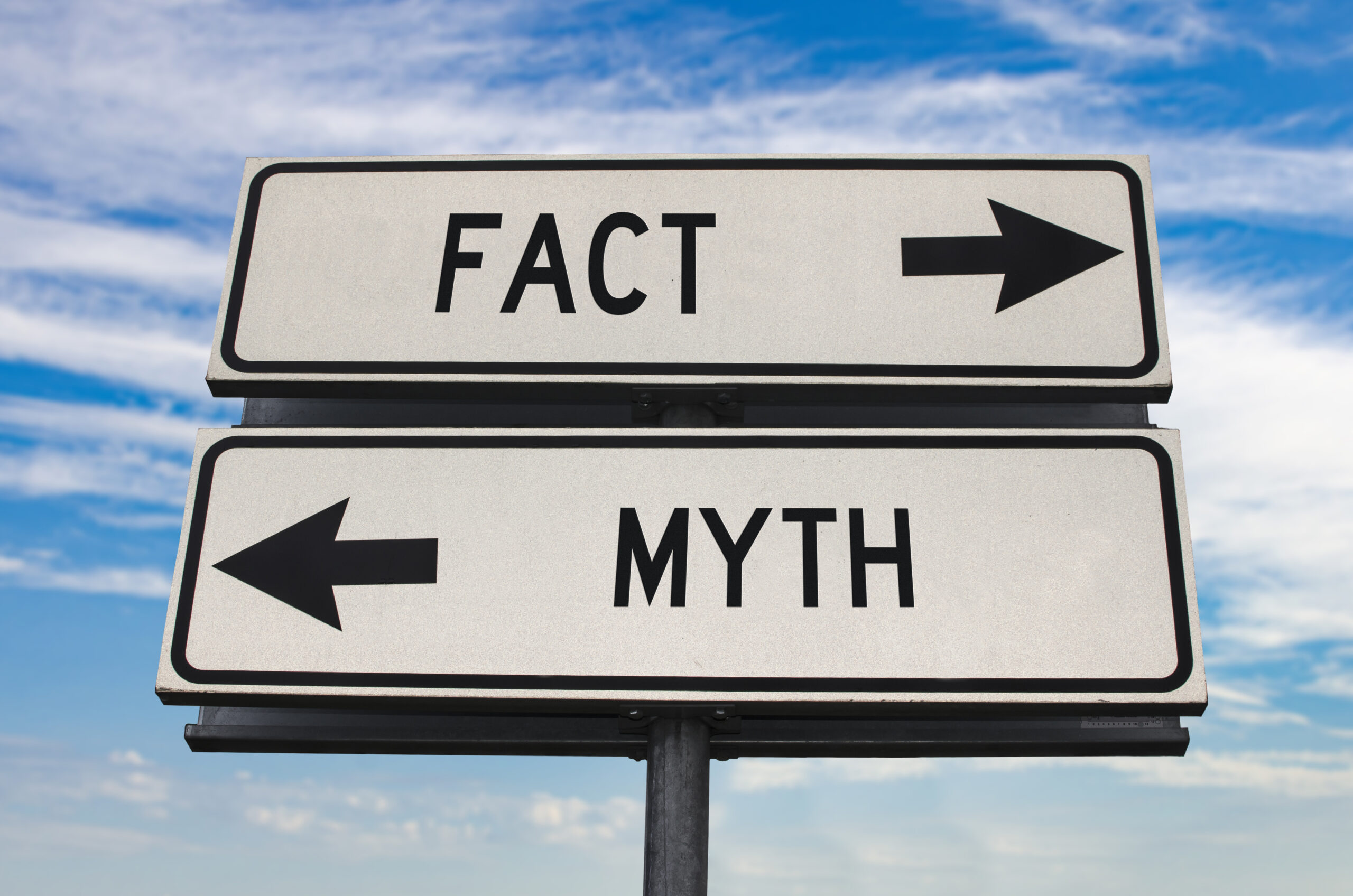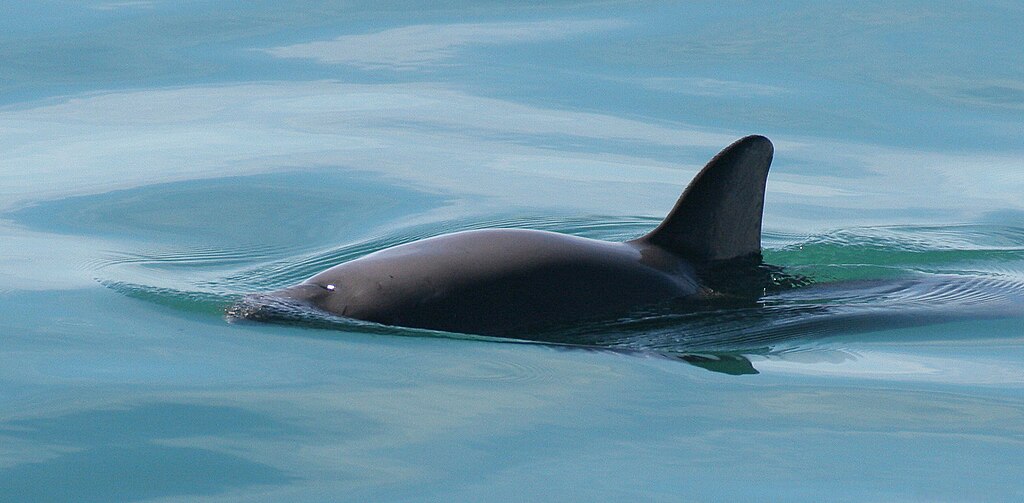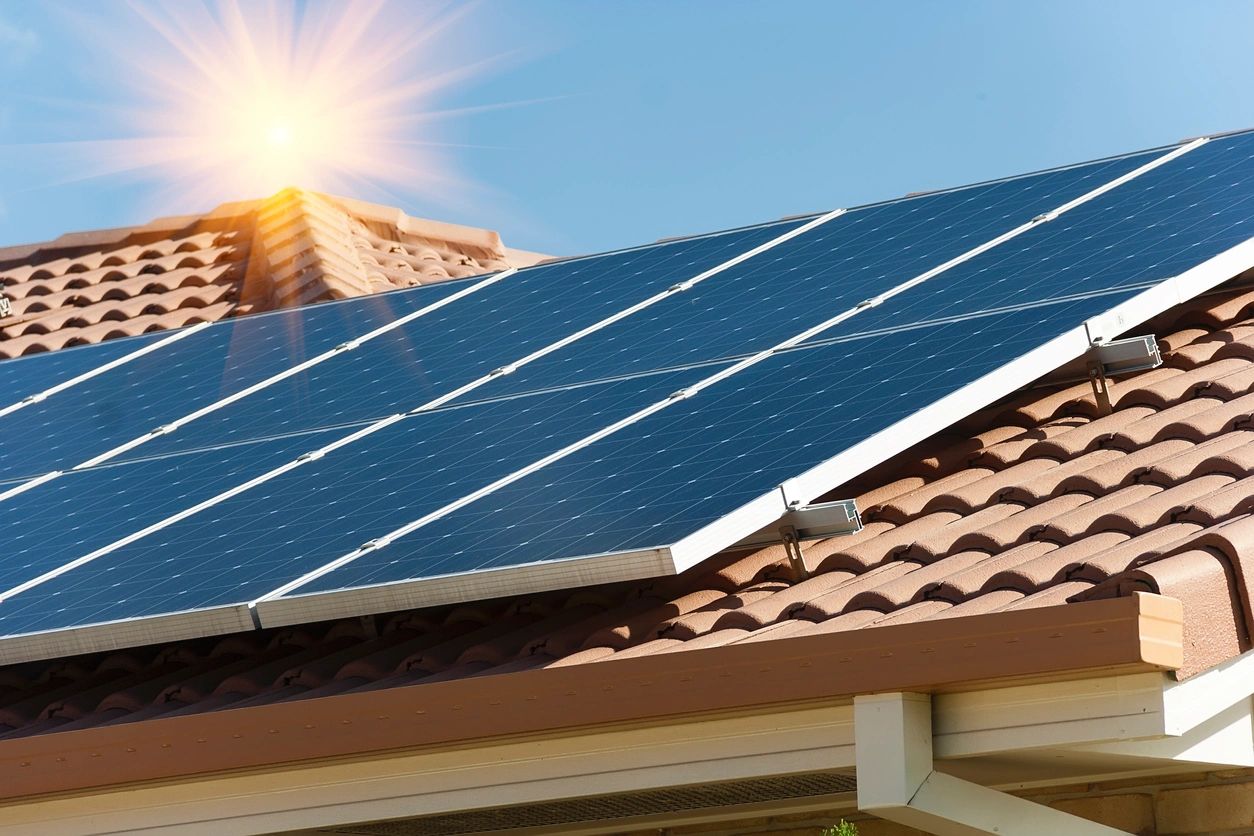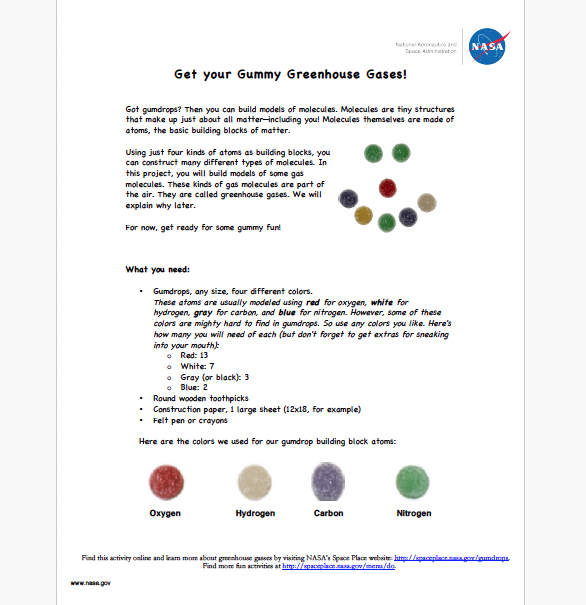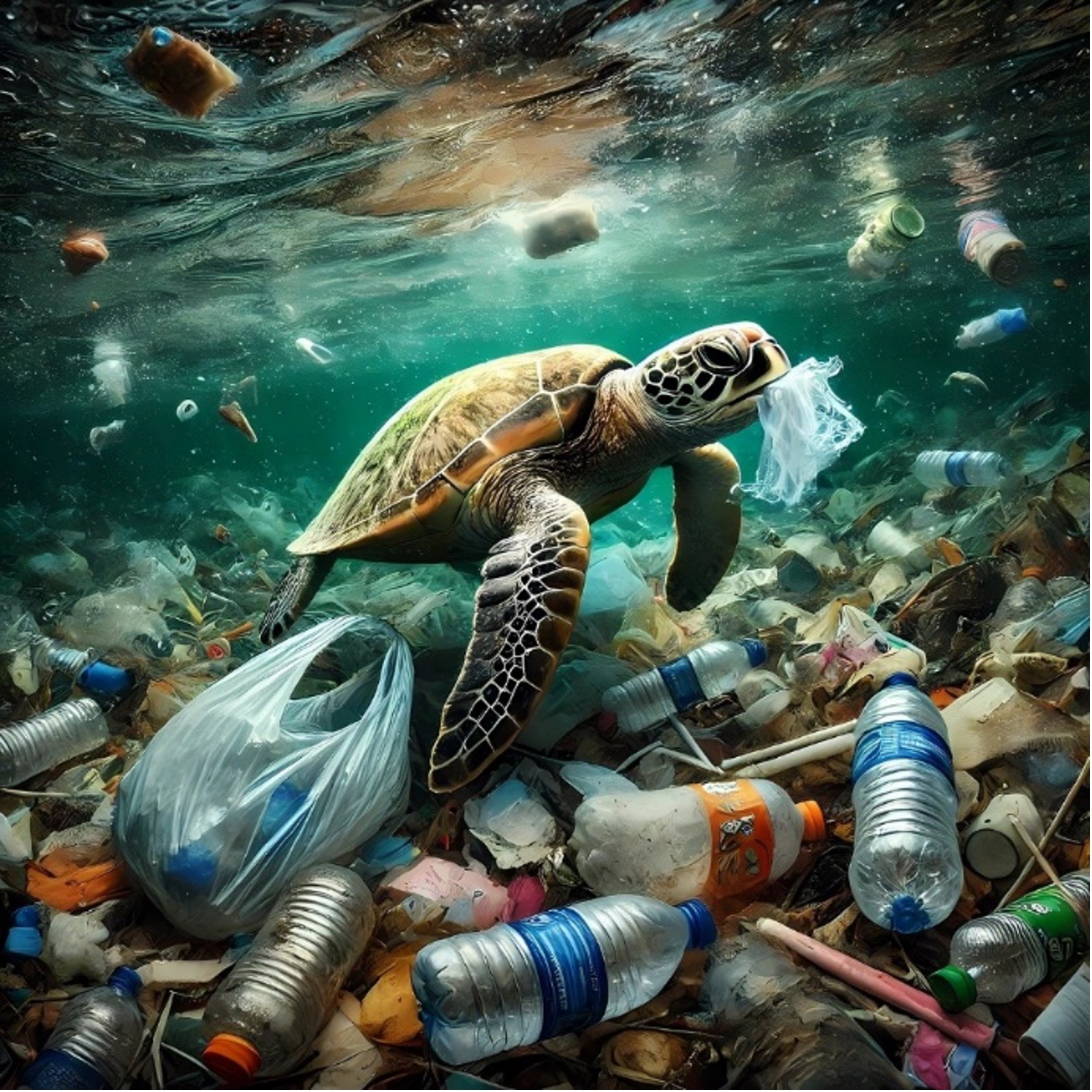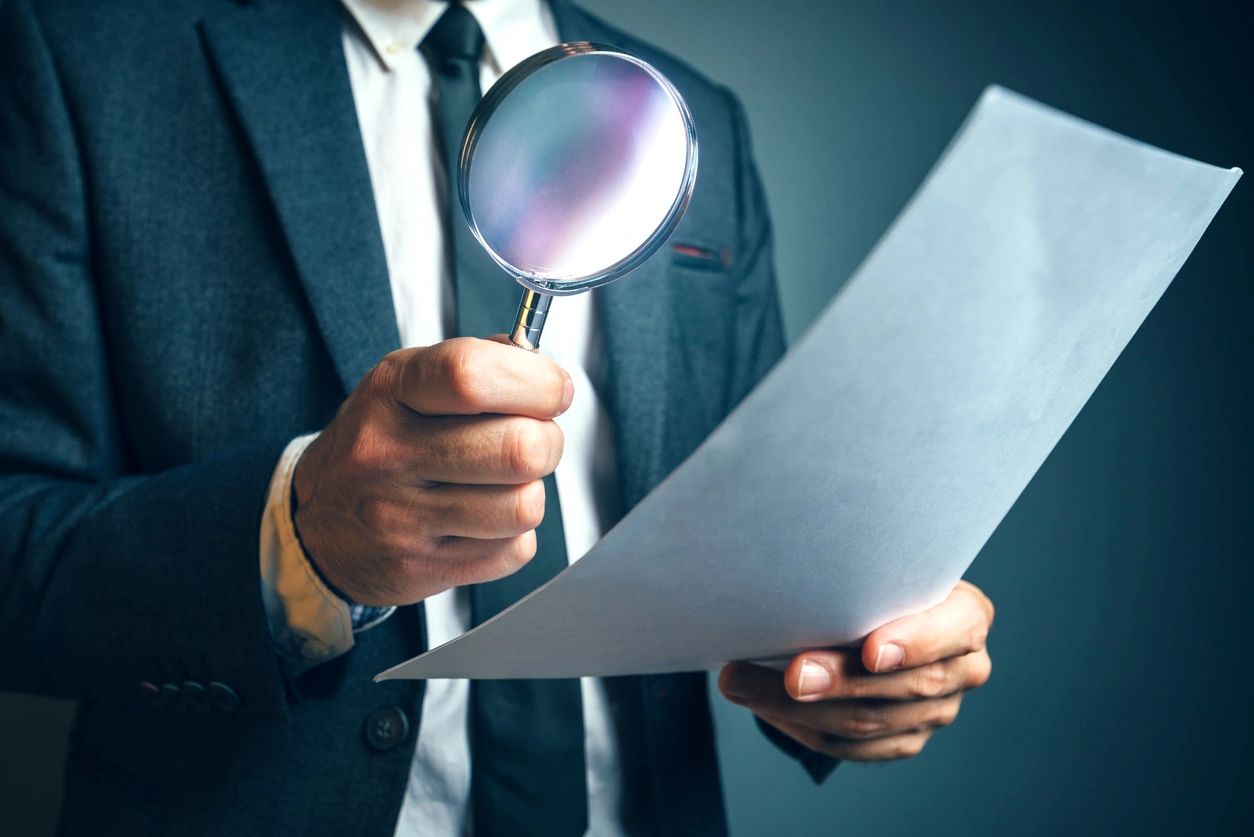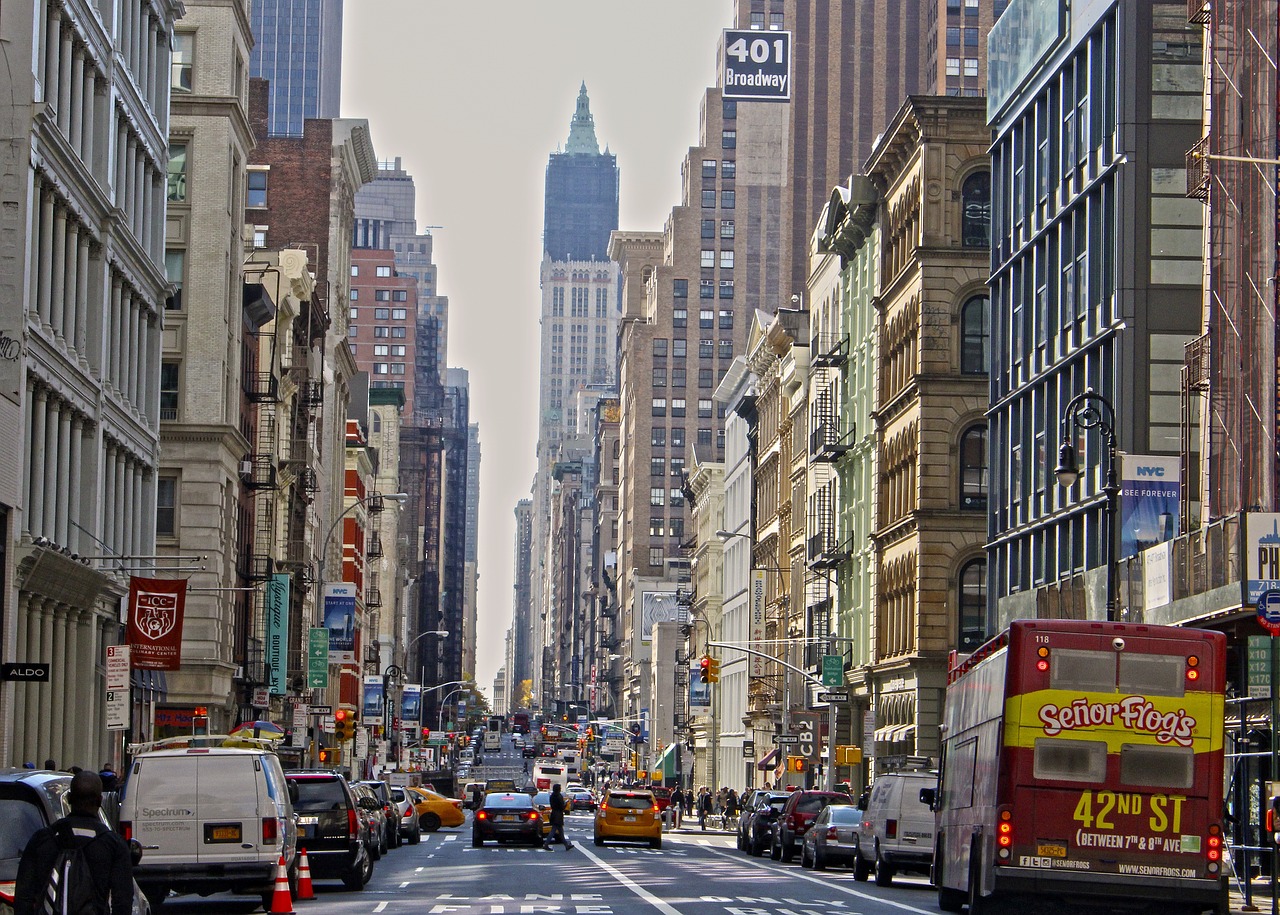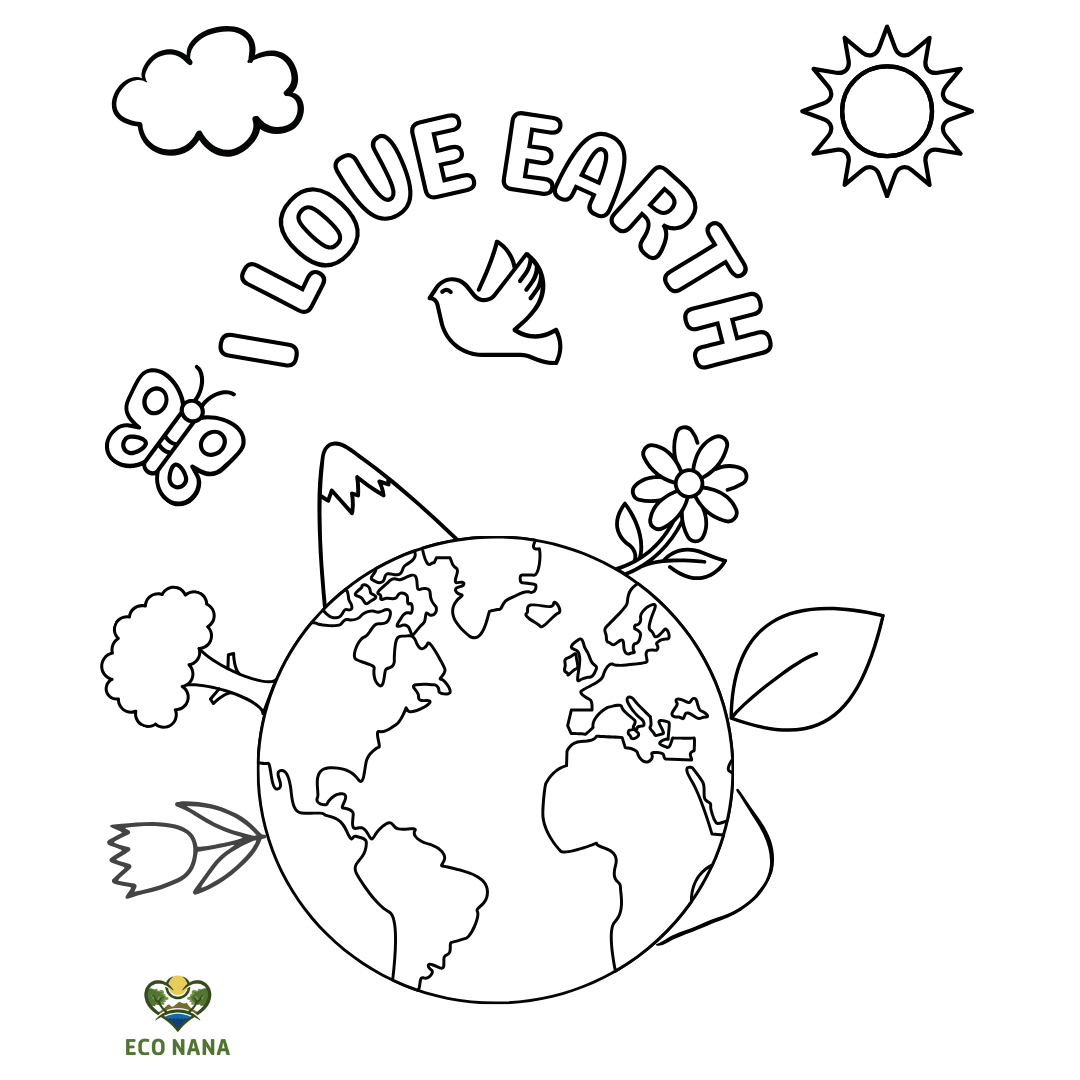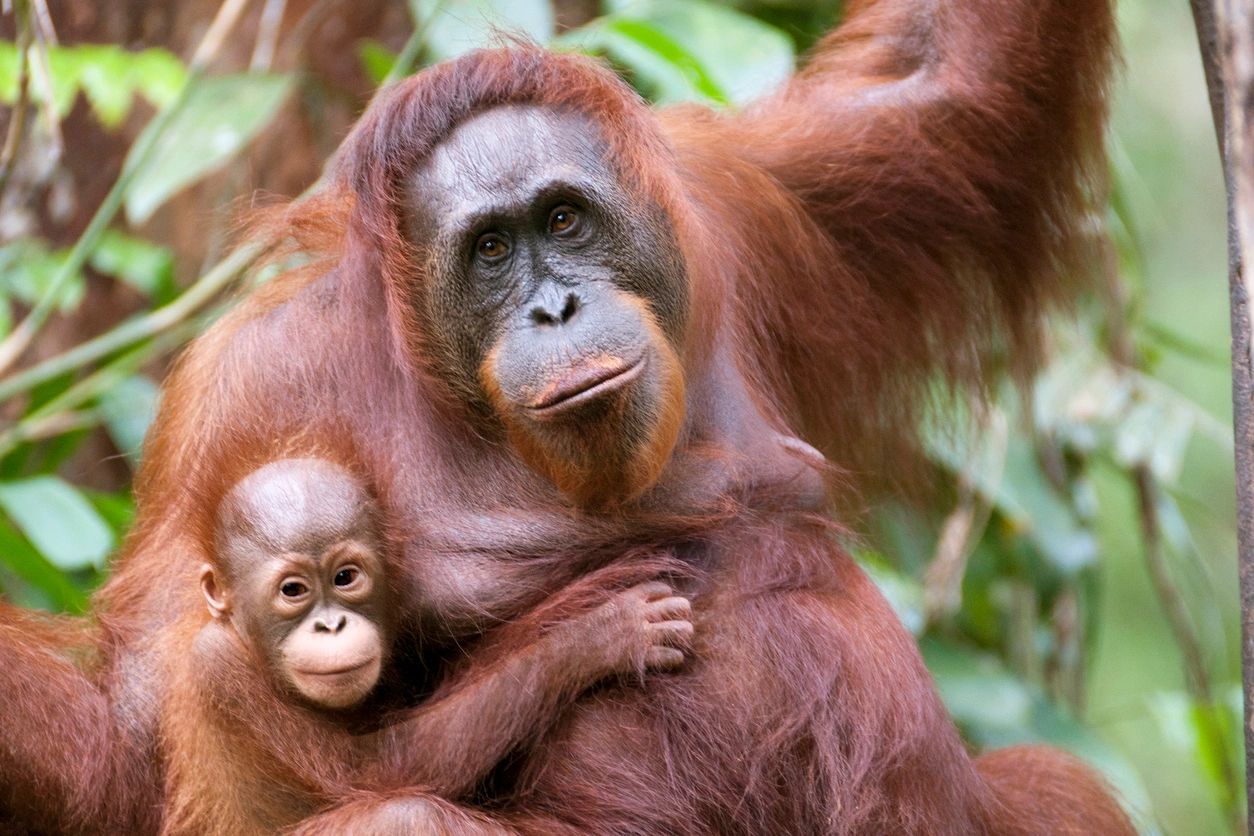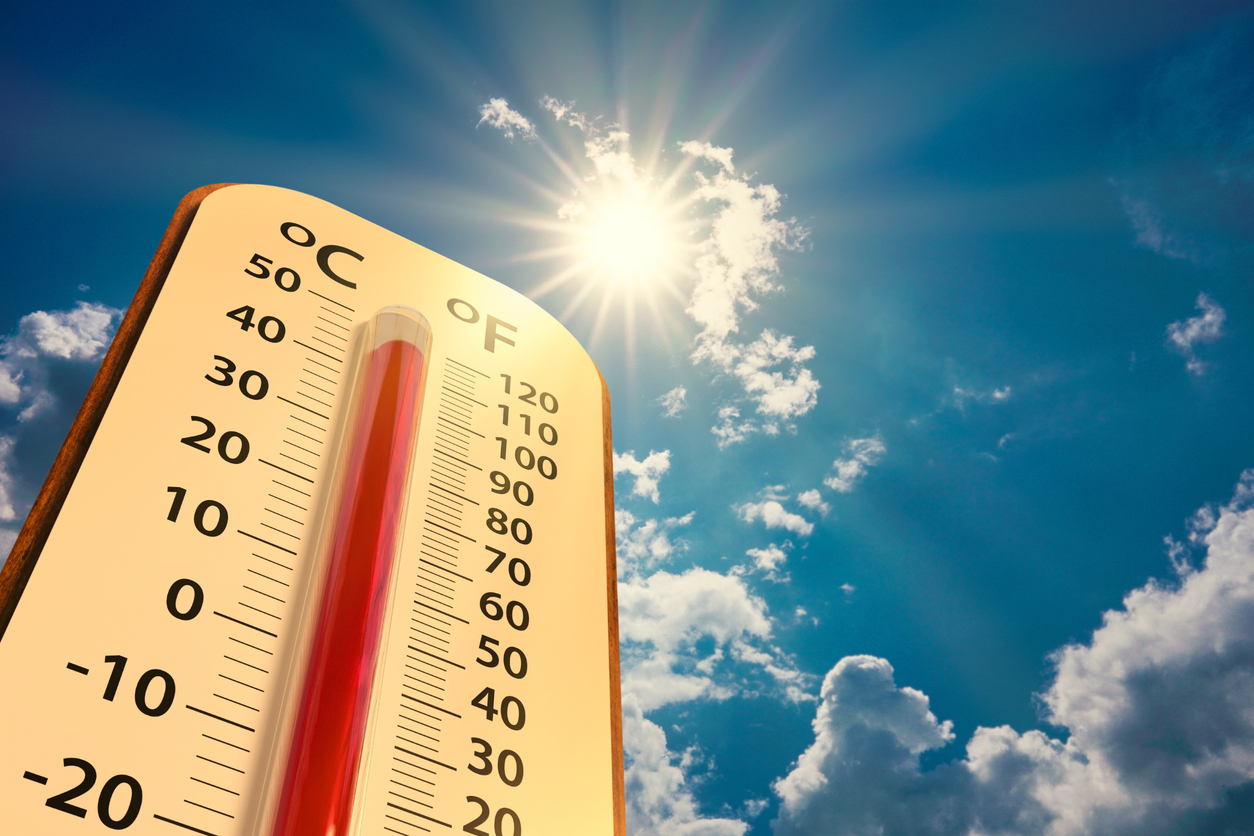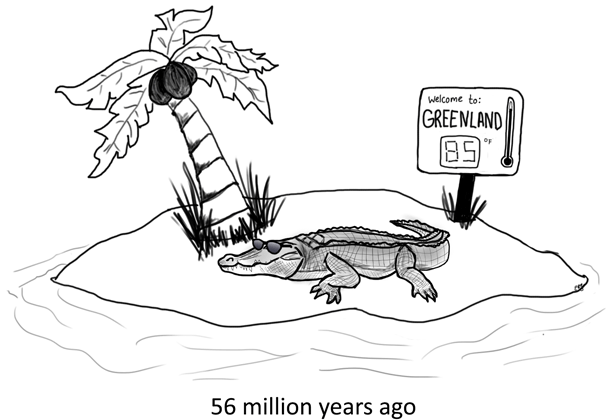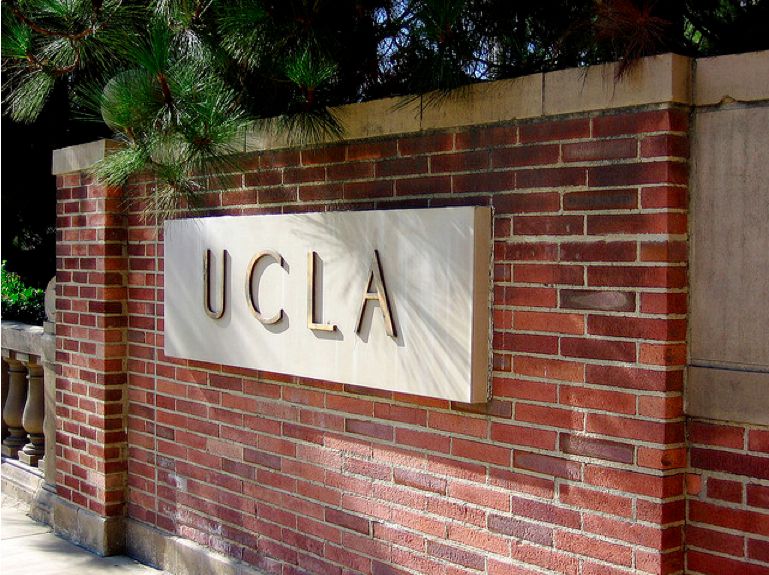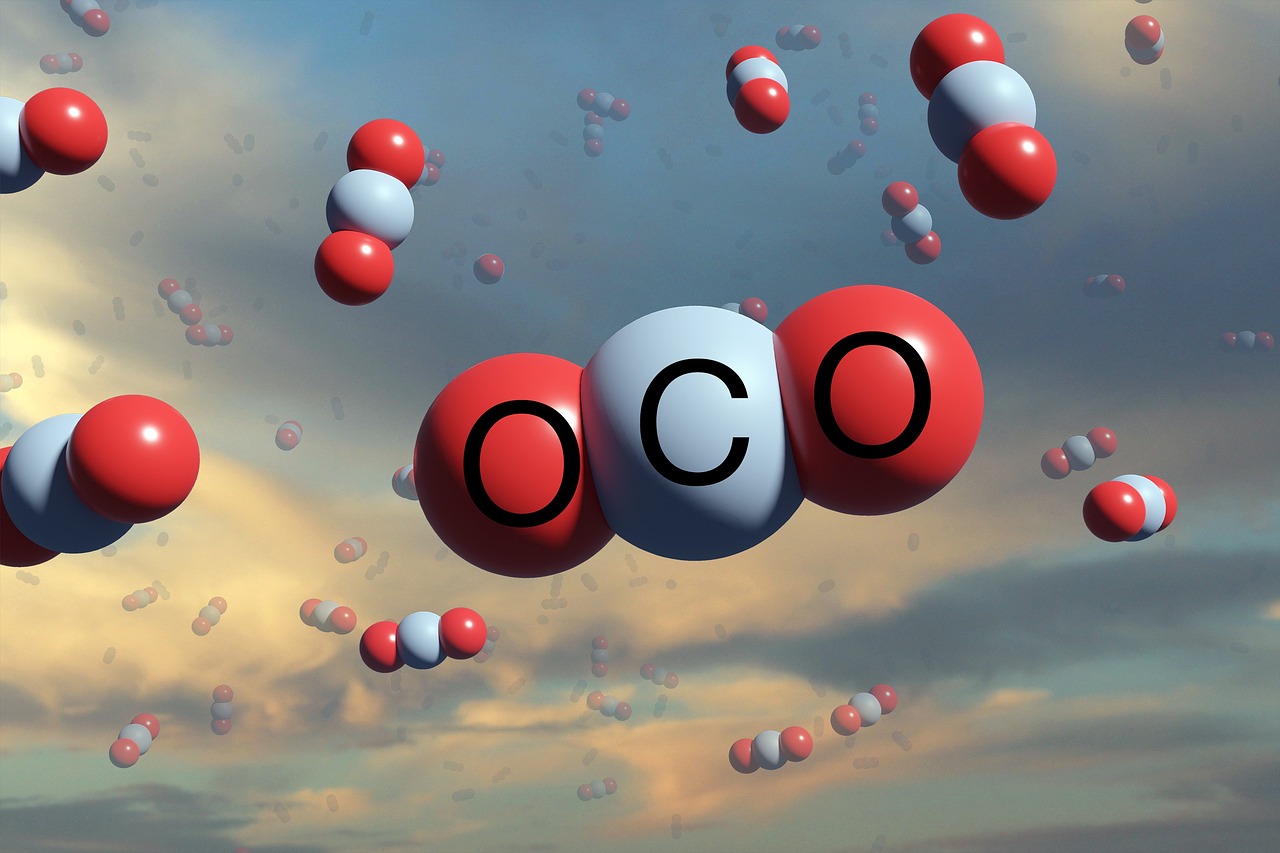-
Kids’ Climate Quiz
Are you ready to test your knowledge of climate change by taking this simple kids’ climate quiz? Don’t worry if you don’t know all the answers or get some answers wrong. It’s OK!! This is a chance to learn. There are also some great books out there to help you prepare for this kid’s climate quiz: What Is Climate Change? (What Was?) by Gail Herman The Magic School Bus and the Climate Challenge by Joanna Cole and Bruce Degen
-
Toxic PFAS May Be in Your Tap Water
Nearly half of the nation’s tap water is thought to contain one or more kinds of chemicals called PFAS, which stands for per- and polyfluorinated alkyl substances. This finding comes from a recent study by the U.S. Geological Survey (USGS). Believe it or not, there are over 12,000 different types of toxic PFAS, but we can’t detect all of them with the tests we have now. In this study, the USGS looked for 32 specific types of PFAS. What exactly are PFAS? Toxic PFAS chemicals are used in a lot of everyday products, like nonstick cookware, food packaging, stain-resistant fabrics, firefighting foams, and even cosmetics. There are over 14,000 of…
-
Solutions to Climate Change
Finding solutions to climate change isn’t easy, but it can be done! Some are easy, some are hard, some are expensive, and some are cheap. And, believe it or not, you can have fun doing it! One of my biggest frustrations working on NASA’s Climate website was our inability to discuss solutions to climate change. That wasthe most asked question that came through our “Feedback” section (which no longer exists). Climate change is one of the biggest challenges our world faces today. It means that Earth’s average temperature is rising. It also means that ice sheets and glaciers are melting, and extreme weather is getting worse. Fortunately, people around the…
-
Endangered Species Word Search
Welcome to our free printable word search puzzle featuring the names of some endangered species! This fun and educational activity is a great way to learn about some of the amazing animals that need our help to survive. Just right click and save! As you search for each name, you’ll get familiar with a few of the species from all around the world that are endangered. Enjoy the challenge, and maybe even discover a few animals you’ve never heard of before. Have you ever heard of a kakapo or a vaquita? Hopefully, you’ve already read my page on endangered species and how we can help them before starting this puzzle.…
-
Endangered Species: Why They Matter and How Can We Help Save Them
Imagine a world without mountain gorillas, orangutans, elephants, rhinos or sea turtles. Hard to picture, right? Sadly, many of the animals and plants we love are either disappearing or critically endangered. These are called "endangered species," meaning their populations are so low that they could vanish forever. But why are they endangered, and how can we help save them?
-
Fact-Checking Series No. 1: Uncovering the Truth About Climate
I’d love to share with you my new Fact-Checking Series, where I will focus on uncovering the truth about climate and clarifying misunderstandings. I’ll be addressing the usual claims from people who don’t believe that Earth’s climate is changing because of human activities. I’ll start with some of the most common myths I come across on social media every day. Climate’s Changed Before Climate Has Changed Before? Bingo! Who would’ve guessed? Of course, scientists are well aware of this. Uncovering the truth: while Earth’s climate has naturally warmed and cooled over the ages, the rapid warming we’re seeing today can’t be chalked up to natural causes like changes in Earth’s…
-
Can We Save the Vaquita, the World’s Most Endangered Marine Mammal?
The vaquita is a very shy porpoise and the most endangered marine mammal in the world. There are only about 9 or 10 vaquitas left, and they will go extinct unless we completely stop using gillnets in their habitat. In 2023, the International Whaling Commission sent out its first-ever “extinction alert” to warn people that the vaquita was in serious danger of disappearing forever. Vaquitas live in a very small area—the northern part of the Gulf of California in Mexico. This region has lots of fish and shrimp, so fishing is a big source of income for people who live there. However, fishermen use gillnets, which means they get trapped…
-
Renewable energy is an important solution to climate change
Renewable energy is a critical solution to climate change. Renewable energy is energy from sources we can’t run out of. Some types of renewable energy, like wind and solar, come from sources that are not depleted when used. Others, like biomass, come from sources that can be replenished. Common types of renewable energy are wind, solar, hydropower, biomass and geothermal. Renewable energy has two advantages over the fossil fuels that provide most of our energy today. First, there is a limited amount of fossil fuel resources (like coal, oil and natural gas) in the world, and if we use them all we cannot get any more in our lifetimes. Second, renewable energy produces…
-
Greenhouse Gas Gummies Kids’ Activity
A quick kids’ activity that teaches about the different greenhouse gas molecules using gum drops and toothpicks. Get creative – you could use gummy bears or Dots candy, or even use colored stickers on paper. Substitute colors if you need to! Thanks to our friends at NASA Climate Kids for this great kids’ activity!
-
Plastic Pollution is Ick!
Plastic pollution is a big problem for our planet. From tiny plastic bits to large, large pieces floating in the ocean, plastic waste is everywhere—and it’s causing a lot of harm to our health, wildlife, and ecosystems. The vast majority of plastic is made from fossil fuels—crude oil, coal, and natural gas. What is Plastic Pollution? Plastic pollution happens when people don’t throw away plastic items like bottles, bags, wrappers, and straws properly, and these items end up in the environment. Unlike organic materials, plastic doesn’t break down naturally. Instead, it breaks into smaller pieces, called microplastics, which remain in the environment for hundreds or even thousands of years. How…
-
What’s the Difference Between Science and Propaganda?
I spend way too much time on social media platforms. I often come across various forms of propaganda and disinformation, especially about climate change. Bots create some of these posts. Likely bad actors produce others, and some come from people who genuinely can’t distinguish between science and propaganda. Science and propaganda are very different in their purpose, method, and intent. Here’s a comparison to make these differences clearer: Science Science aims to understand the natural world by observing, experimenting, and drawing conclusions based on evidence. Scientists follow the scientific method: they form a hypothesis, conduct experiments, analyze data, and reach conclusions. They focus on being objective, making sure others can…
-
The Next Chapter of My Journey
The next chapter of my journey dates back to 1982. We moved to New York City for my husband’s work. Even though I grew up in a pretty big city and had lived in Los Angeles for 10 years, Manhattan was a complete shock. On our first day there, someone broke into our car. Welcome to our new home! We rented an apartment in doctors’ housing. When I opened the door, I found a giant pile of dirt and debris on the floor. The view from the 9th floor might have been nice—if the windows weren’t too dirty to see out of. I burst into tears. I wanted to go…
-
I Love Earth Coloring Pages
Download your favorite version of our coloring sheets.
-
Palm Oil: The Hidden Problems Behind It
I always dreamed of seeing orangutans in the wild. I knew that they are probably the most intelligent of all the great apes because of their ability to innovate and problem-solve. However, problems with palm oil production greatly threaten their habitat. In 2007, I finally scraped together the money to travel to Borneo. Little did I know, at 53 years old, I would find my passion. My Journey Begins When I landed in Jakarta, beginning my journey to Borneo, a suffocating haze greeted me. My eyes burned, my throat grew raspy, and smoke clung to my clothing and hair. I quickly learned the cause: illegal fires, set intentionally to clear…
-
How are “Global Warming” and “Climate Change” Different?
Social media spreads a lot of false information about climate change. This really confuses people and slows down progress on environmental solutions. Some people post claims that deny climate change or push strange theories, like saying secret projects cause natural disasters. One common myth is that “they” changed from “global warming” to “climate change”. This is false. “Global warming” means the Earth’s temperatures are getting higher. This is because more greenhouse gases, like carbon dioxide, are building up in the atmosphere. “Climate change” includes global warming but also covers other big changes happening to our planet, like sea levels going up, glaciers and ice sheets getting smaller. Other major changes…
-
Fact-checking Series No. 2: Uncovering the Truth About Climate
Welcome to the second installment of my Fact-Checking Series, where I focus on uncovering the truth about climate and clarifying misunderstandings. I’ll be addressing more of the common climate myths from people who don’t believe that Earth’s climate is changing because of human activities. Below are more common claims I come across on social media every day. Beware, the list is very long! Changes in Earth’s magnetic field are causing global warming This climate myth is false. Studies show that the last three magnetic field excursions, and any within the last 2.8 million years, haven’t caused notable climate changes. Earth’s magnetic field shifts naturally, but these shifts do not influence…
-
Eco Nana Begins: One Small Step for a Grandma…
It’s a long story! It’s been a long journey to explain how I decided to start Eco Nana. Believe it or not, it all started when I went to UCLA as a German major. I loved learning languages and dreamed of working as an interpreter at the United Nations. By my junior year, though, I realized I wasn’t quite like the other German majors. There were only 12 of us left, and I was the only one who didn’t grow up in a German-speaking household. I had been fascinated by German because my best childhood friend spoke it at home, and I never knew what they were saying! That inspired…
-
Fact-checking Series #3: Myths About Carbon Dioxide
Welcome to the third part of my Fact-Checking Series, where I dig into myths about carbon dioxide and clear up misunderstandings about climate. Carbon dioxide, or CO₂, is an invisible gas that is all around us in the air. It’s made up of one carbon atom and two oxygen atoms. People and animals breathe it out when we exhale, and plants take it in to help them grow through a process called photosynthesis. CO₂ is also a strong greenhouse gas, which means it traps heat in the Earth’s atmosphere. Without CO₂, our planet would be too cold for us to live. While this is natural and important for life, too…
-
What’s the Difference Between Weather and Climate?
You’re not alone if you don’t know the difference between the two. It’s a very common question! Weather and climate are related, but they are not the same thing. Weather is what’s happening outside right now or over a short period, like a day or a week. It includes things like temperature, rain, wind, or snow. Is it sunny or cloudy out today? That’s also weather. Climate, on the other hand, is the average weather in a place over a long time, usually 30 years or more. For example, it might rain a lot in one week (that’s weather), but if an area usually gets lots of rain year after…

